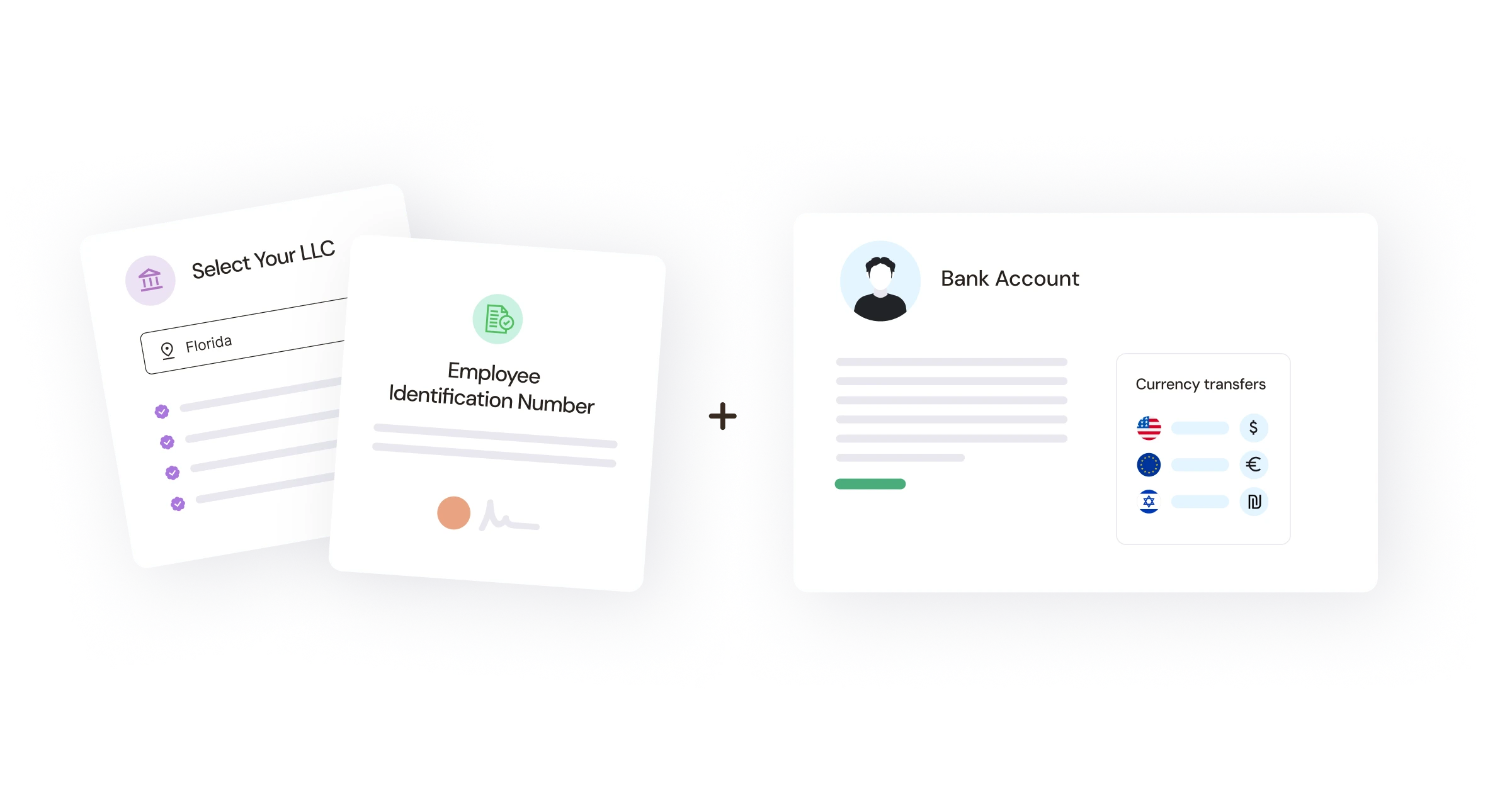🎉 Waltz reaches $50M💰 in funding to support LATAM growth 🎉 Read the full story here
Transferring money across borders can be stressful and costly.
From international wire transfers to foreign exchange rates and U.S. compliance rules, just moving funds can feel like a project of its own. This guide breaks down what foreign investors need to know about transferring money into the U.S. for real estate investments. We’ll cover what makes the process complex and how integrated solutions as well as certain U.S. mortgage options can make it more straightforward.
Unlike domestic investors, foreign nationals often have to deal with multiple currencies, banking jurisdictions, and disclosure rules just to transfer money. The U.S. does not restrict how much you can send for property investment, but it does monitor large transfers.
This added scrutiny can lead to delays or complications—especially if you're unfamiliar with U.S. compliance rules. Many investors find this stage unexpectedly challenging.
From navigating SWIFT codes to completing IRS Form 3520 or FinCEN Form 114 (FBAR), improper handling can lead to delays or penalties. That’s why it pays to set things up right from the start.
Learn more: Critical Mortgage Compliance Tips for International Property Buyers
Moving large sums of money across borders isn't just a matter of clicking "send." Here are some of the most common challenges foreign investors face when transferring funds into the United States:
Navigating these hurdles can be time-consuming and risky without guidance. That’s why using an integrated platform designed specifically for foreign nationals, helps ensure your funds move efficiently and in compliance with U.S. law.

Learn more: Setting Up an LLC for Real Estate Investing: a Quick Guide
The most secure and common method to move large sums is through a bank-to-bank wire transfer. However, there are still several obstacles that foreign nationals should be aware of.
Here’s how a typical wire transfer works:

With Waltz, this process is even more straightforward. The Investor Kit includes a U.S. business bank account through Regent Bank2 with wire transfer capabilities and competitive foreign exchange rates.
If you're transferring more than $10,000 into the U.S., financial institutions are required to report it to the U.S. Department of the Treasury. Here’s what to keep in mind:
To be safe, always keep documentation of your transfer and investment activity.

When you get a loan with Waltz, you’re able to add-on an Investor Kit. Designed specifically for foreign nationals, it streamlines the setup of your U.S. legal entity, banking, and financial operations. The purchase of an Investor Kit helps you get started and includes key features such as:
By bundling these services, the Investor Kit helps eliminate costly delays and third-party coordination.
Learn more: Waltz Investor Kit
From across the border, figuring out how to move money, form a U.S. LLC, and opening a bank account felt like a nightmare. She looked into several service providers but ran into steep fees, confusing processes, or both. Using the Waltz Investor Kit, Linna set up her U.S. LLC, got her EIN, and opened a U.S. business bank account—all from Canada. It was "significantly less costly to create an entity with an EIN– in less time than it would take otherwise,” Linna shared.
See Linna’s full story: Linna’s Success Story
Transferring large sums of money into the U.S. for real estate investment presents unique challenges that often cause delays and introduce hidden fees that you weren’t accounting for.
Waltz simplifies this process by offering an end-to-end solution specifically designed for non-U.S. residents. From forming your LLC to foreign exchange capabilities, the Waltz Investor Kit puts all the essentials in one place.

Fill out a quick form and we'll get back to you shortly.